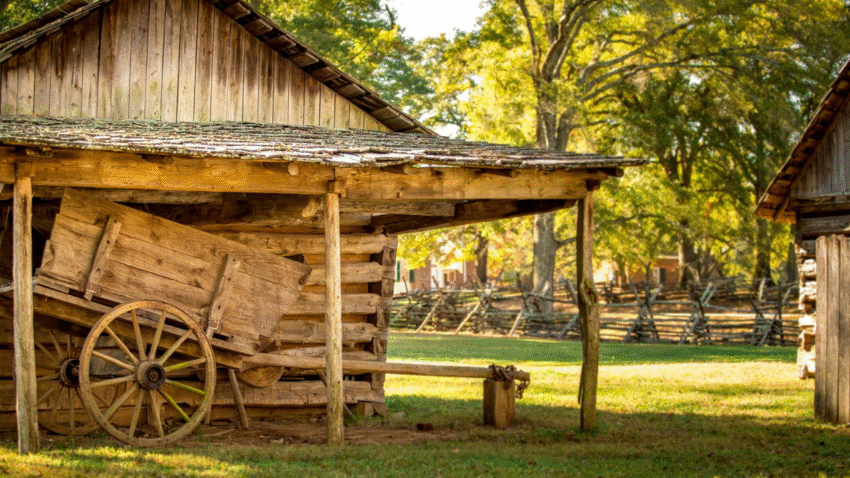Introduction
Worried about water damage to your shed? Learning how to protect shed flooring from flooding is essential to prevent rot, mold, and costly repairs. Excess water can ruin wooden floors, warp materials, and damage everything stored inside your shed. With the right steps, you can keep your shed dry and safe, even during heavy rain.
Why Flood Protection Matters for Your Shed
Water is one of the biggest threats to any shed. Standing water or poor drainage can weaken the foundation, damage the flooring, and lead to structural issues. By preventing flooding, you extend your shed’s lifespan, protect stored tools and equipment, and avoid expensive repairs. A dry shed also stays free of pests and mold.
Step-by-Step Guide to Protect Shed Flooring from Flooding
1. Choose the Right Shed Location
If you’re planning a new shed, build it on high ground away from low spots that collect water. Avoid placing it near gutters or drainage ditches where water naturally flows.
2. Improve Drainage Around the Shed
Grade the soil so that water slopes away from the shed. Add gravel around the perimeter to help water drain faster. Consider installing a French drain if you have a high water table or frequent flooding.
3. Elevate the Shed Foundation
Raise your shed slightly off the ground by using concrete blocks, skids, or a gravel pad. Keeping the base elevated prevents water from pooling directly under the floor.
4. Install a Vapor Barrier
Place a heavy-duty plastic sheet under the shed to block ground moisture from seeping upward. For sheds on blocks, ensure good airflow underneath to reduce dampness.
5. Seal the Shed Floor
Use a waterproof sealant or epoxy coating on wooden flooring. This adds a layer of protection against water damage and makes cleanup easier after heavy rain.
6. Add Gutters and Downspouts
Install gutters on the shed roof to direct rainwater away. Extend downspouts at least 1–2 meters away from the shed base to prevent pooling.
7. Use a Sump Pump (Optional)
For areas with severe flooding, consider a small sump pump near the shed to remove excess water quickly.
Common Mistakes to Avoid
- Mistake 1: Building Directly on Bare Ground
Solution: Always use a raised foundation like skids, blocks, or a concrete slab. - Mistake 2: Ignoring Drainage Issues
Solution: Proper grading and gravel can prevent most water problems before they start. - Mistake 3: Skipping Floor Sealing
Solution: Apply a waterproof sealant to protect wooden floors from absorbing moisture. - Mistake 4: Forgetting Gutter Systems
Solution: Gutters and downspouts can significantly reduce water near the shed base.
Extra Shed Tips & Hacks
- Use pallets or raised shelving inside your shed to keep items off the floor.
- Check the shed perimeter regularly after storms for standing water.
- For related advice, see our guide on how to build a shed on uneven ground, which covers proper foundation planning.
Conclusion
Protecting your shed flooring from flooding is all about smart planning and prevention. By improving drainage, sealing the floor, and elevating the base, you’ll keep your shed dry and in great shape for years to come.
Bookmark this guide to safeguard your shed from costly water damage year-round.
